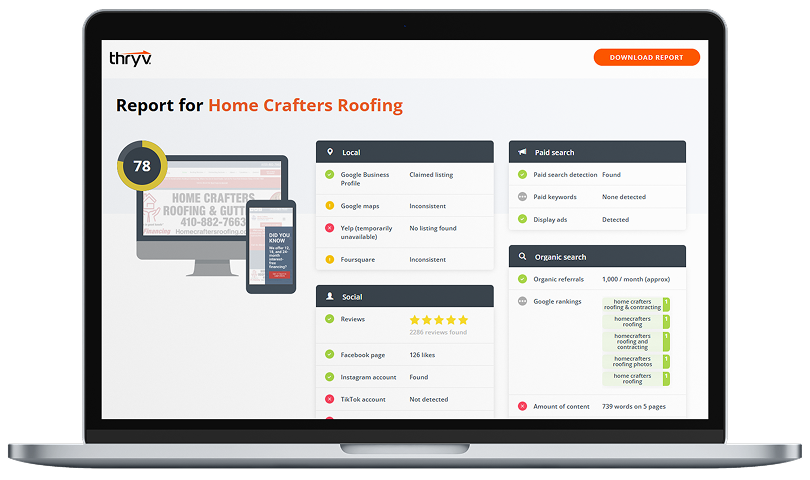
However, there’s no reason why you have to wait for disaster to strike before taking steps to manage your company’s online reputation. By indulging in a little preventive maintenance, you can protect your reputation and minimize the need for drastic steps should you find yourself facing negative publicity.
The best reputation management strategies aren’t contingencies or crisis management tools. They’re ongoing processes that are integral to your company’s marketing plan. In short, they are the ounce of prevention that’s worth the pound of cure.
If you’re interested in developing a proactive online reputation management strategy, here are some tips to get you started:
Stake Out Your Digital Territory
There’s an SEO joke that’s been making the rounds since last year:
Where’s the best place to hide a dead body?
On page 2 of Google search results.
Bada bing! Good night, ladies and gentlemen!
For the benefit of those whose sides aren’t currently splitting with laughter, I should point out that most people (more than 90 percent, according to a recent study from Chitika) don’t look past the first page of search engine results. When consumers search for your business by name, they’re going to form an opinion based on the first few results they see. And if your official website is getting buried by consumer complaints and other negative content, they’re going to take their business elsewhere.
Make sure your website is optimized, up-to-date, and telling the story you want it to tell. Grab your profiles on Twitter, Facebook, Google+, LinkedIn, and any other social media sites you can and start using them to interact with your friends, business contacts, and potential customers. Start updating your blog consistently with fresh, relevant content. And make sure you’re linking between your various websites.
You may not be able to snag all of the top 10 spots, but hopefully you’ll be able to dominate page 1 of the results. And should a negative website work its way onto the first page, your customers will be more likely to regard it as an aberration rather than a typical result.
Monitor, Monitor, Monitor!
To avoid being blindsided by a reputation crisis, you need to monitor your brand online and keep tabs on what folks are saying about your company, your products, your executives, etc. Not only will this keep you apprised of any potential problems coming down the pike, but it will help you identify potential influencers with an interest in your brand.
At the very least, you should set up a Google Alert so you’ll know when mentions of your brand crop up on Google search. You can also use other specialized tracking tools, such as Trackur (to monitor social media channels) or Technorati (to track blogs that mention your business).
Accentuate the Positive (and the Neutral)
Online reputation management typically works like a game of Whac-A-Mole. Something negative about your business pops up online, and you respond by trying to bury it under content that’s positive or neutral. The problem with this approach is that it takes time to bolster content, so if you wait until you’re knee-deep in the negative before you start pushing the positive, you’re going to find yourself fighting an uphill battle.
The solution is to be proactive and start promoting the content before you need it. Scour the internet for mentions of your business. If you’ve won any awards or received any recognition, look for articles and link to them from your website, blog, and social media profiles. If your business has an excellent rating with the BBB, link to their website. If you’re a member of your local chamber of commerce or sponsor a Little League team, link to it. Even a neutral or incidental mention of your business is preferable to a negative one.
Integrate with Your Other Marketing Efforts
Online reputation management shouldn’t be a standalone effort, but a component of your overall marketing strategy. Approach your content marketing, social media marketing, and customer service efforts with the intention of building your brand’s online reputation, and make sure the steps for reputation management are in place from the get-go.
It’s important to have a plan in place should your company’s online reputation take an unexpected hit. However, damage control should be your contingency plan, not your first line of defense. Instead of simply triaging reputation problems once they’ve gone critical, you can nip them in the bud with preemptive online reputation management.


